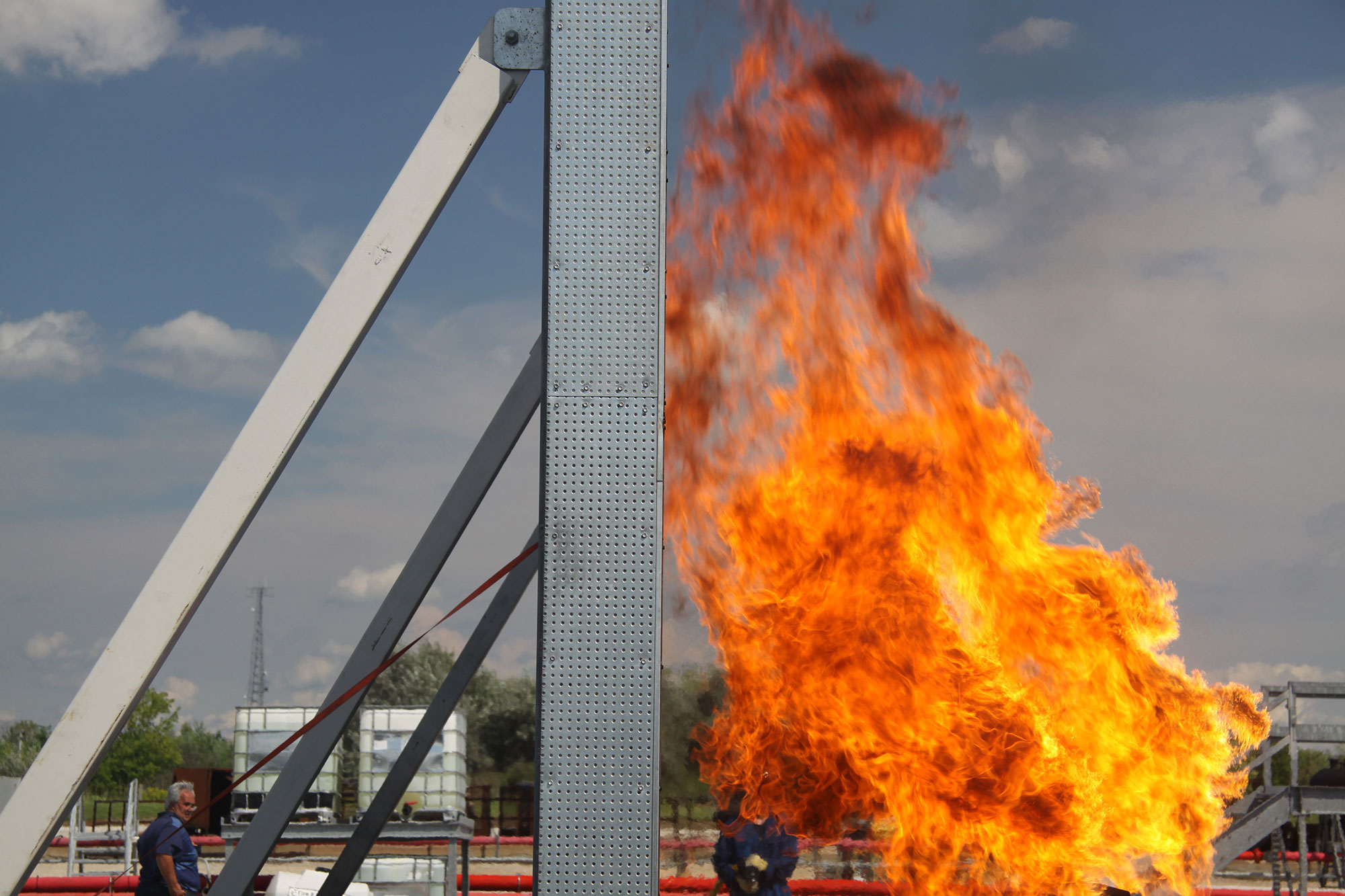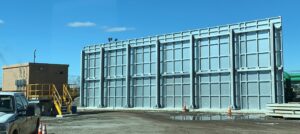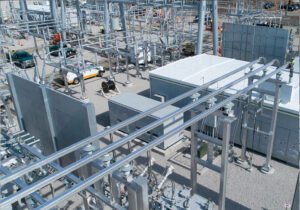In the realm of fire safety, the deployment of effective fire barriers plays a crucial role in preventing the spread of fire and smoke. Sinisi Solutions specializes in modular fire barriers, with a primary focus on preventing transformer fires and explosions. This specialized approach is pivotal in safeguarding not only the transformers themselves but also preventing collateral damage to adjacent transformers. The ripple effect of this prevention strategy extends to ensuring business continuity, loss prevention, and meeting stringent insurance requirements.
The Importance of Industrial Fire Barriers
While fire barriers are beneficial across various sectors, they are particularly indispensable for industries dealing with explosive materials and environments where collateral damage to critical equipment, such as transformers in electrical substations, must be avoided. The significance becomes even more apparent in buildings with a high occupancy, where a swift and safe evacuation is paramount, such as hospitals and nursing homes. For businesses that deal with strict insurance requirements, a fire barrier is a very cost effective method to meet those requirements, while also ensuring business continuity in the event of a transformer fire or other incident. Simply put, a fire barrier prevents fires and explosions from spreading to other people or sensitive equipment.
Understanding Different Fire Barriers
Sinisi Solutions offers a range of fire barriers tailored to different needs and configurations. One notable specialization is in Modular Fire Barriers, which are strategically designed for outdoor setups. These barriers can be configured and placed in custom arrangements, with a primary purpose of separating transformers in substations. This proactive approach ensures that if a transformer experiences a malfunction, the impact is contained, preventing collateral damage and preserving the integrity of critical infrastructure, such as power grids.
Other commonly used fire barriers include:
Firewalls: Designed to resist external fires, firewalls act as a protective barrier, containing fire within source boundaries. With a duration ranging from 3 to 4 hours, firewalls provide optimal protection, even in extreme environments, and maintain structural integrity after a building collapse.
Fire Partitions: Positioned within the building, fire partitions subdivide specific areas, extending from the ceiling to the floor surface. These partitions offer fire protection for a period of 1 to 2 hours, contributing to compartmentalization and containment.
Smoke Barriers: Focused on preventing the spread and circulation of smoke, smoke barriers consist of continuous membranes, whether horizontal or vertical, offering an additional layer of fire prevention.
Ensuring Comprehensive Fire Protection
Recognizing that fire can result from various causes, it is imperative to be prepared for any eventuality. Sinisi Solutions emphasizes the importance of fire barrier installation as a primary mechanism for protecting critical infrastructure. By choosing the right fire resistance barriers, businesses can guarantee the safety of both personnel and surrounding areas. To explore the range of fire barriers and understand how Sinisi Solutions can enhance the fire safety of your facility, visit our homepage. Your investment in fire protection is an investment in the continuity and security of your operations.
Sinisi Solutions
75 Main St,
Manasquan, NJ 08736
732-232-2100
https://twitter.com/news_cip
https://www.facebook.com/news.cip
https://www.instagram.com/cip_media/



